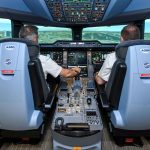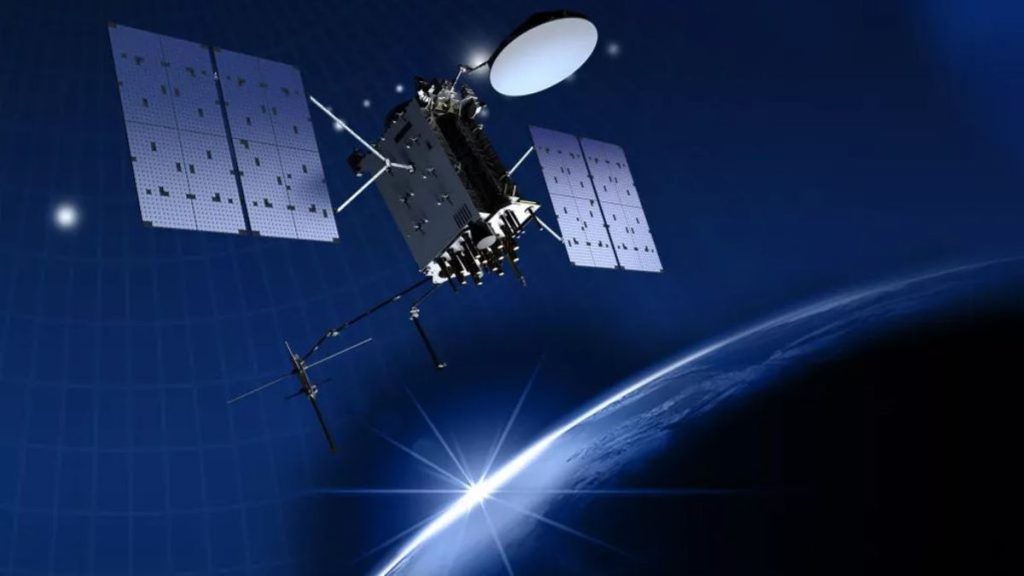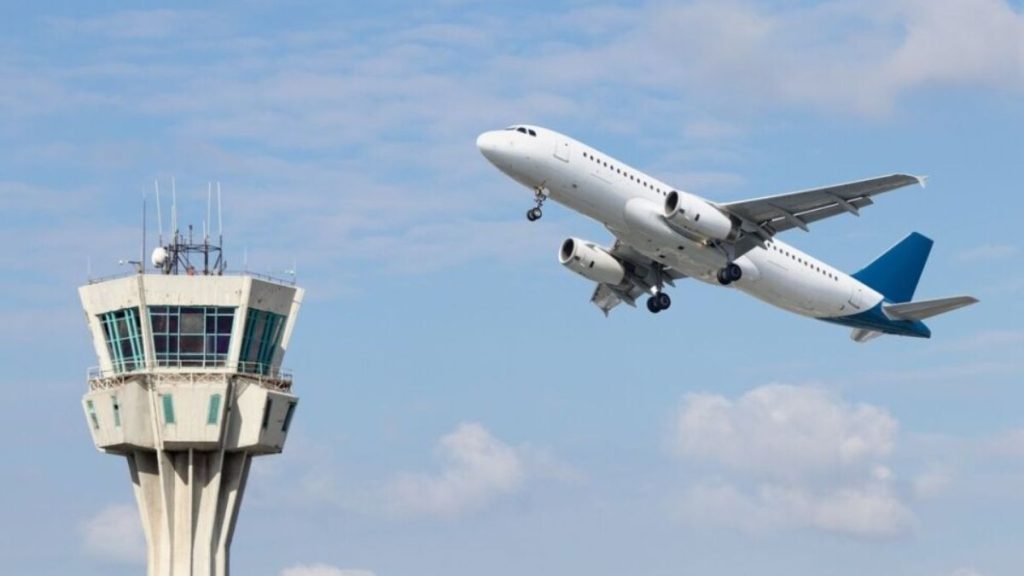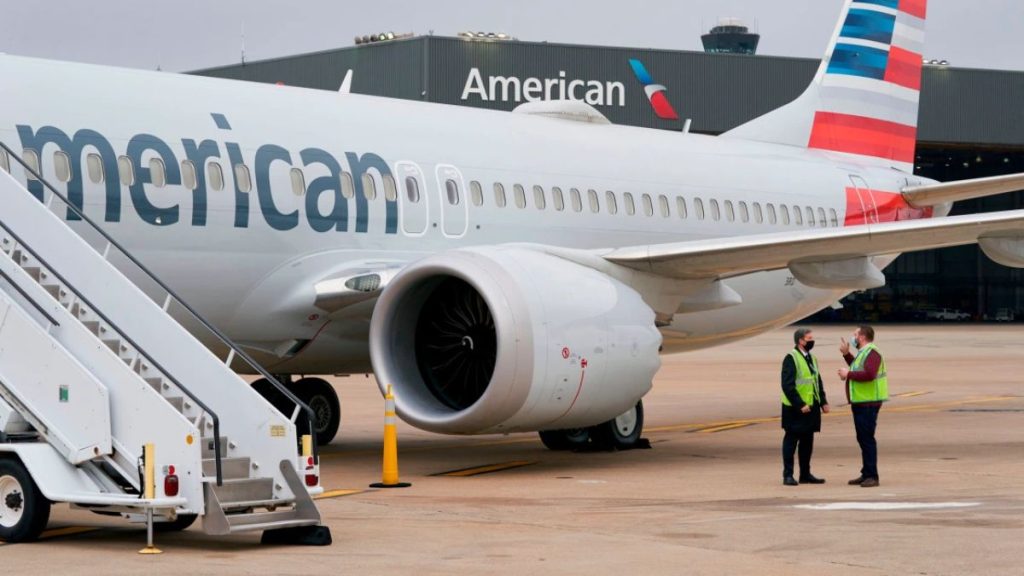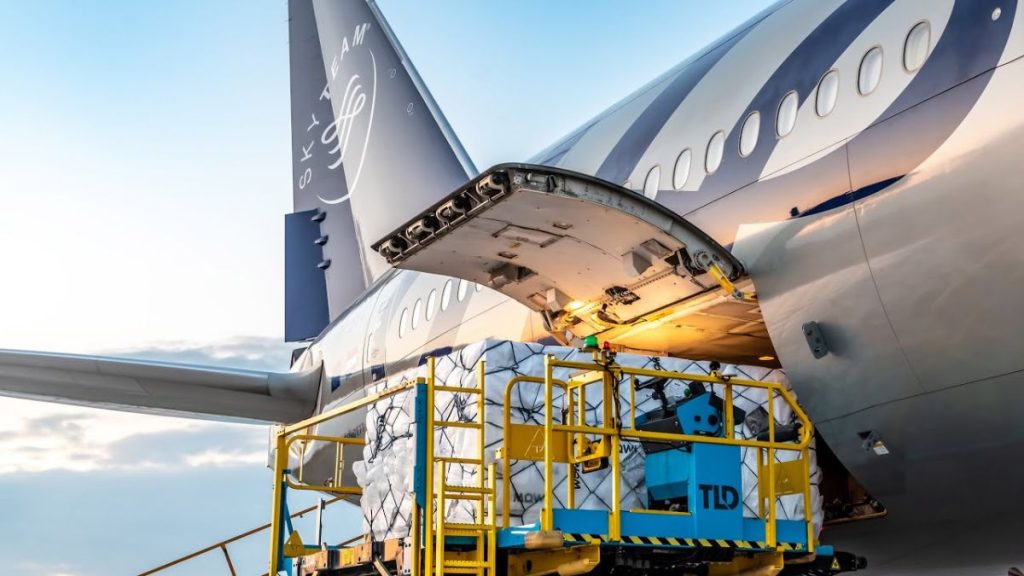The UK government has confirmed a major push in aviation technology, with funding directed at 14 ambitious drone and aviation projects designed to reshape how communities receive healthcare, protect infrastructure, and restore fragile ecosystems.
The programme aims to speed up the commercialisation of aviation innovations while ensuring that drones and electric aircraft become an integral part of Britain’s transport and environmental strategies.
Why the Drone Programme Matters

Drones are no longer limited to experimental trials or niche operations. With climate change, rising healthcare needs, and increasing demand for faster and greener logistics, drones offer a real-world solution to challenges that traditional methods often cannot meet.
The UK government is betting on this technology to deliver economic, environmental, and social benefits across multiple industries.
Strategic Growth and Regional Demonstrators
The funding has been divided into two main areas:
- Eight strategic growth projects – focused on demonstrating commercial readiness and scaling up existing operations in healthcare, agriculture, and infrastructure.
- Six regional demonstrators – aimed at helping local authorities prepare for drones, passenger-carrying eVTOL aircraft, and zero-emission planes, ensuring they can be integrated into transport and planning systems.
This approach ensures both national impact and regional adoption, accelerating the UK’s progress towards becoming a global leader in advanced aviation.
Medical Drones: London Health Bridge Growth
One of the standout projects is London Health Bridge Growth, which will build on a successful medical drone trial.
- The system will scale from 1,000 to 50,000 medical samples per month.
- It will connect major hospitals including Guy’s, St Thomas’, Synlab’s Blackfriars hub, and King’s College Hospital.
- By replacing road transport with drones, the project offers a faster, greener, and more reliable alternative for urgent clinical deliveries.
This project alone has the potential to revolutionise the NHS supply chain, reducing both emissions and delays in critical healthcare.
Drones as First Responders
Another critical innovation is the Drone as a First Responder project.
This initiative is developing a modular drone platform to assist emergency services and infrastructure operators. The system will allow drones to:
- Arrive quickly at emergency sites.
- Provide aerial surveillance for firefighters, police, and medics.
- Assist in infrastructure checks and damage assessments.
This means that emergency services will soon have a new, safer, and faster tool to save lives and reduce risks.
Environmental Focus: Beyond Restoration
Environmental sustainability lies at the heart of the programme. The Beyond Restoration project will use drones to support peatland and woodland recovery across England, Wales, and Scotland.
- Drones will deliver lime, fertilisers, native seed mixes, and even tree seeds.
- This avoids damage to fragile sites caused by heavy machinery or human footfall.
- It addresses the UK’s urgent need to restore critical ecosystems, combat climate change, and support biodiversity.
Such drone-enabled solutions represent a turning point in conservation efforts, combining efficiency with ecological responsibility.
Government Support for Future Flight
Simon Masters, Deputy Director of Future Flight at Innovate UK, highlighted the broader benefits of these projects:
“By focusing on regional adoption, we aim to drive faster, more impactful growth and societal benefits for communities across the UK.”
Meanwhile, Aviation Minister Keir Mather stressed the economic and environmental potential:
“Investing in drones and unmanned aircraft is not only good for the environment but will save businesses and the public sector valuable time and money, while boosting skills and creating high-quality jobs.”
Security and Efficiency at the Core
The projects also reflect the government’s commitment to secure, zero-emission, and efficient transport systems. By combining drones with eVTOL passenger aircraft and zero-emission conventional planes, the UK is positioning itself at the forefront of green aviation technology.
These advancements promise to:
- Reduce reliance on fossil fuels.
- Cut traffic congestion.
- Provide new logistics solutions for businesses.
Regional Benefits and Community Engagement
Six projects are focused specifically on regional demonstrators. These initiatives will work with local councils, hospitals, and community organisations to ensure that drone and eVTOL adoption is smooth and widely accepted.
Face-to-face support and public consultations will form a core part of this strategy, ensuring that citizens understand the benefits while addressing safety and privacy concerns.
Building a Future-Ready Aviation Ecosystem
The UK’s drone programme is not about isolated trials—it is about building a complete aviation ecosystem. This includes:
- Developing secure infrastructure for drone traffic.
- Training new aviation professionals.
- Creating partnerships between hospitals, councils, and private companies.
- Ensuring compliance with safety regulations and community needs.
The Bigger Picture
From medical deliveries and emergency responses to environmental restoration and local planning, these projects are shaping the future of flight in the UK.
As other countries like Estonia, Denmark, and India have shown, digital and drone-based solutions can save billions, improve efficiency, and enhance public services. The UK aims to follow suit—building a greener, smarter, and safer aviation future.
FAQs – UK Drone Programme 2025
1. What is the purpose of the UK’s new drone funding programme?
The programme is designed to support commercialisation of drone technologies, focusing on healthcare, emergency services, and environmental restoration.
2. How will drones help the NHS?
The London Health Bridge Growth project will deliver up to 50,000 medical samples per month, connecting major hospitals with faster, greener logistics.
3. What environmental benefits are expected?
Projects like Beyond Restoration will use drones to restore peatlands and woodlands by delivering seeds and fertilisers without damaging fragile ecosystems.
4. Will drones be used in emergencies?
Yes, the Drone as a First Responder project will allow police, fire, and medical teams to deploy drones for surveillance, hazard awareness, and rescue operations.
5. How will communities be involved in the programme?
Six regional demonstrator projects will work with local councils and residents, holding consultations to ensure smooth adoption and address concerns.






